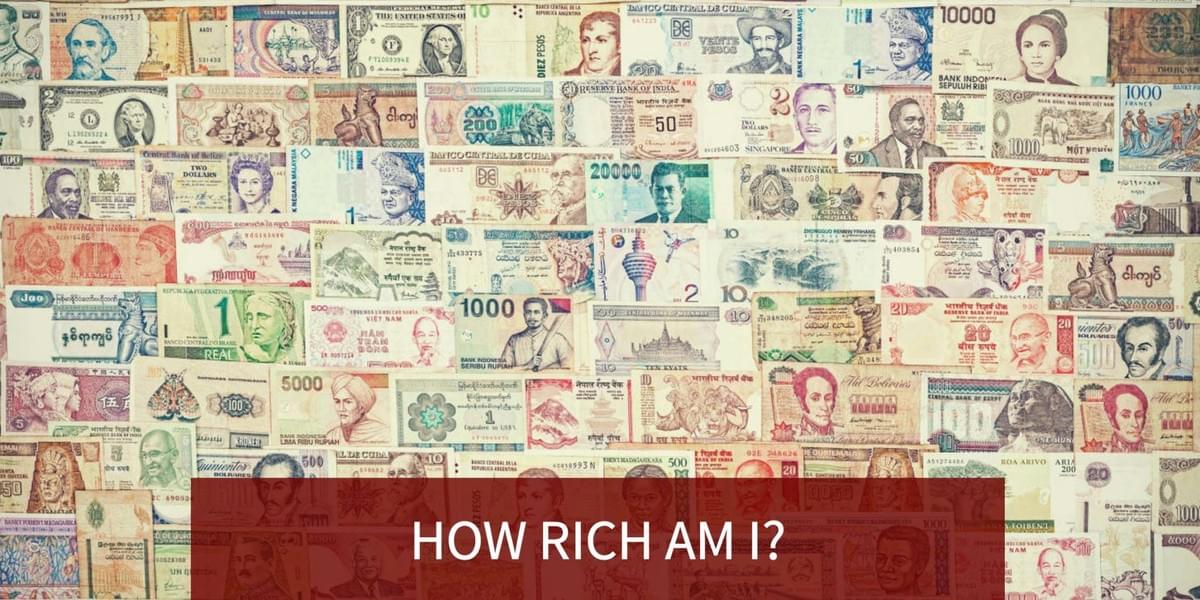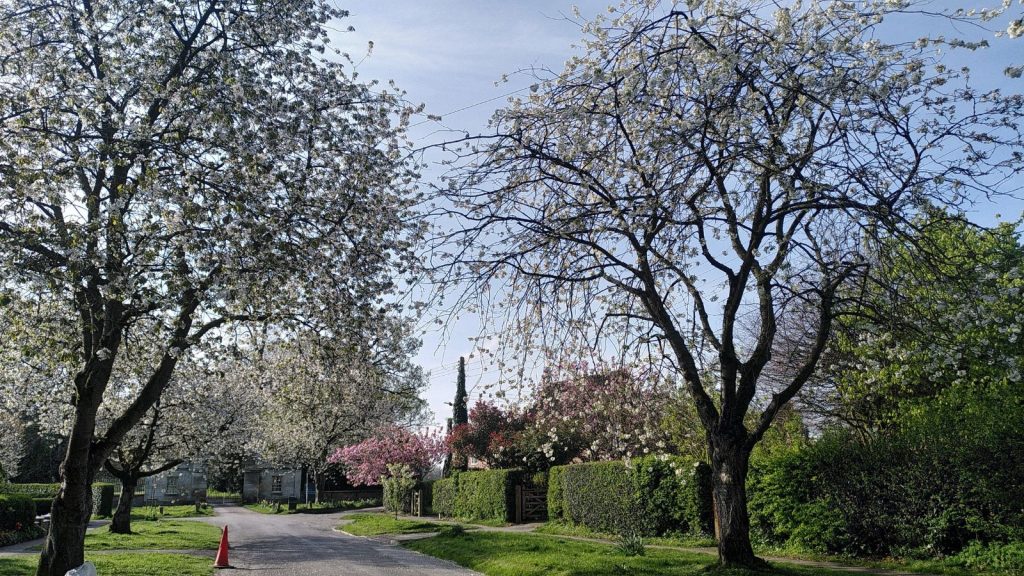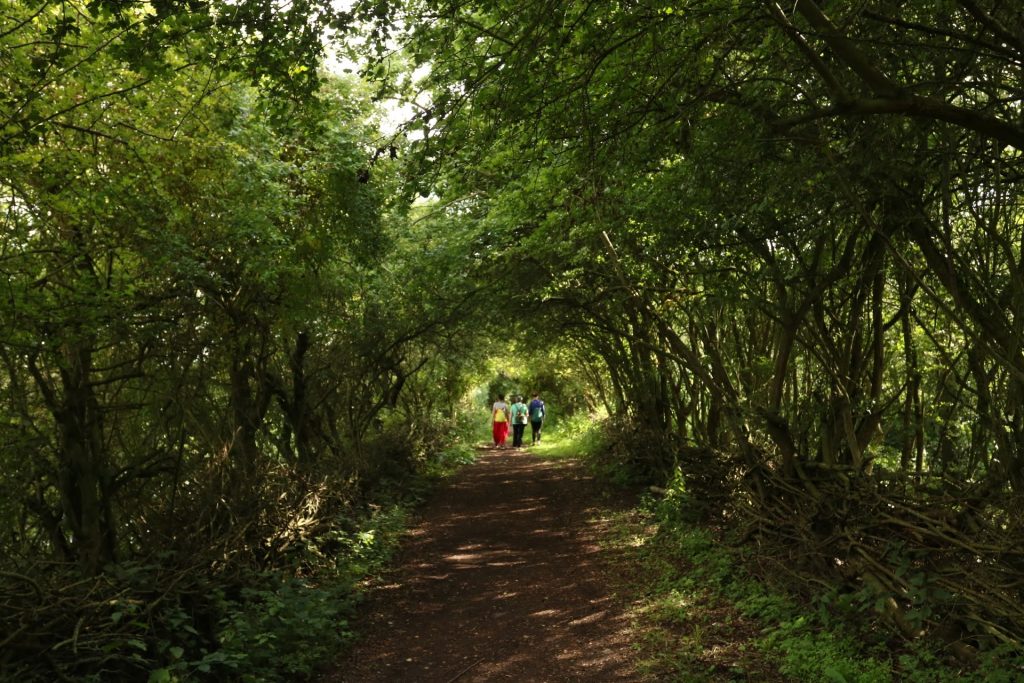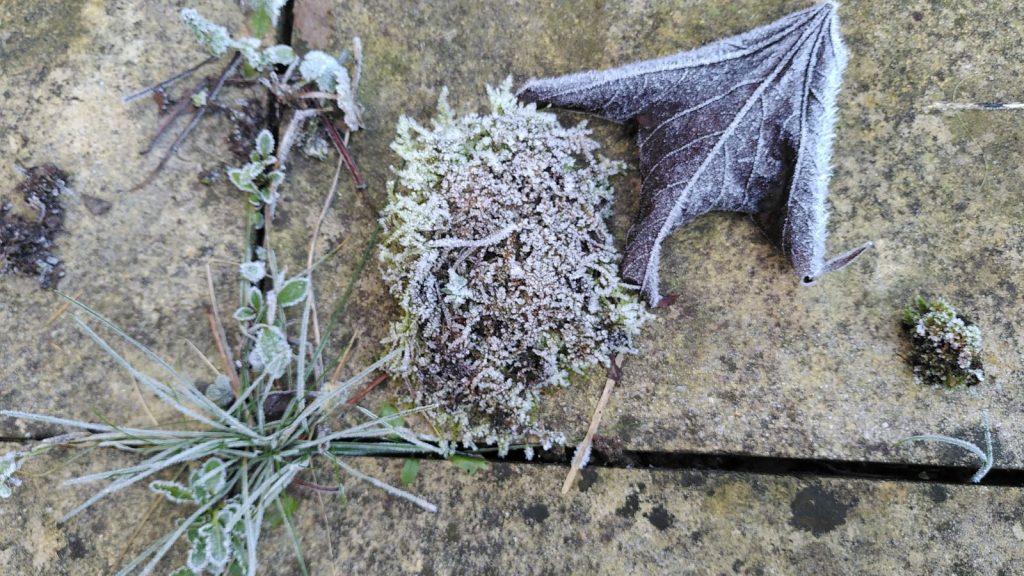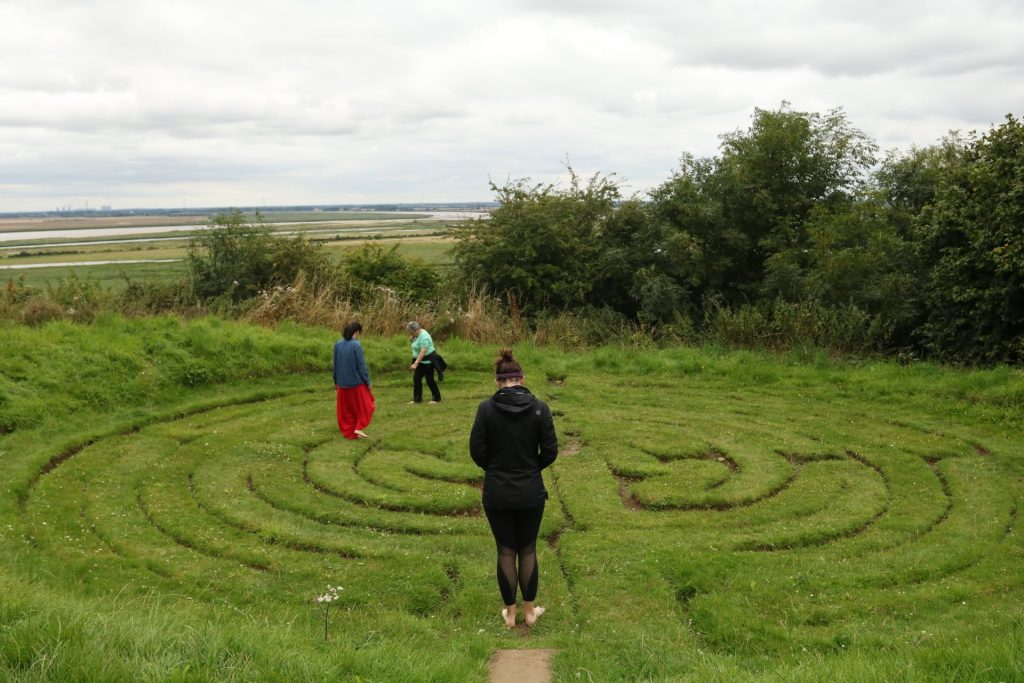Giving what we can
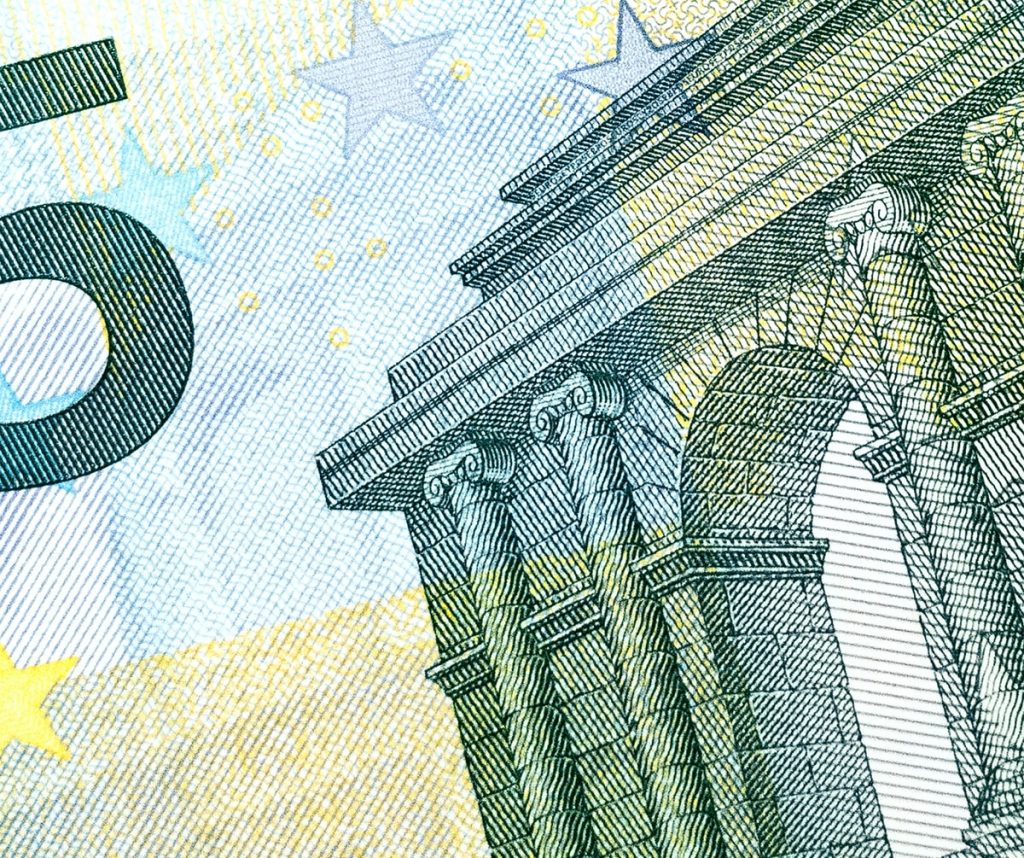
August 2017 update: I have made some changes to how I donate and increased my giving – you can take a look here: https://www.withmanyroots.com/blog/with-many-roots-turns-3
Having read Doing Good Better a few months back, effective altruism has been on my mind ever since. Simmering away, consolidating in the recesses of my prefrontal cortex. Then I stumbled on the Giving What We Can calculator and that prodded me to action.
I tended to think, ah I’m not that well off, I can’t donate a whole bunch really. This interactive tool helped put things in perspective. No I’m not the 1% but actually I’m not that far off it. That really surprised me. And since that point I knew I would up my donation amounts. I’m not in a position (or don’t have the balls) to commit to pledge 10% of my earnings every year to effective organisations. Yet.
So in the meantime, I’ve started at a modest 2.5%. Here’s how I decided who to donate to and how much.
Using my head
I selected three organisation suggested by the Giving What We Can website – they research how effective charitable campaigns are. Did you know, for example, de-worming initiatives are far more effective at improving educational levels in developing countries than say, school book donation initiatives? Well neither did I. And that Malaria still continues to be one of the biggest killers? Effective bed nets can be distributed for around £5 each. Based on effective altruism principles, I chose the following organisations;
- Schistosomiasis Control Initiative – £10/month
- Against Malaria Foundation – £10/month
- Give Directly – allows recipients to decide exactly what they want to do with the money, rigorous third-party research shows how that money is used – I want to support autonomy – £5/month
“Effective altruism is a philosophy and social movement which applies evidence and reason to determining the most effective ways to improve the world.”
Using my heart
I then thought about the issues that move me;
- Rethink – tackling serious mental health in the UK – upped my direct debit x3 to £10/month – that was a lovely phone call to make
- Alzheimer’s Research UK – it is difficult to pick apart the effectiveness of charities in this area, I was umm-ing and ahhh-ring between support organisations or research – in the end I went with research. £5/month
- Democracy Now – supporting independent media & surfacing the stories mainstream outlets are ignoring – £5/month
I’d like to look into effective organisations looking at plastic, waste, supply chains and over-consumption but my head hurts from thinking about where my money could be most effectively used. Upstream at curbing demand for say meat or plastic straws in PSAs or educational resources or downstream in ocean-cleaning initiatives or in supporting technological alternatives – can anyone give any help on this one?
Adding it up
That amounts to £50 donation every month – just under 2.5%. And it allows for around £50 left over for spontaneous, one off donations, perhaps more over the year.
For example I’ve just donated £26 to Story of Stuff – for my plastic fines – I decided supporting educational resources might be one effective way of tackling the issue – this particular website really helped inform my views.
I’ve also pledged £50 towards Bakey’s on their Kickstarter campaign – and look forward to receiving edible spoons, chopsticks and cups later in the year that will make good Xmas presents as well!
Learnings
- Watch out for transaction fees – some charge up to 3%!
- Some of the charity websites suggested in Giving What You Can are not very user-friendly – you can opt for the Trust option for a 1% fee and ability to GiftAid donations
- Navigating the US, non-US NGOs can be a bit tricky, UK ones are eligible for GiftAid, for other orgs you might get an additional currency exchange charge too! Ouch!
- Giving What You Can have a tool (usability could be improved) to keep track of your donations – I don’t think it’s too narcissistic to add your regular and one off donations here – it’s ok to be proud of the commitment you are making. Sharing is very much optional.
- The decisions you make are not set in stone – remain an active donor and try to scrutinise where your money goes. You can change which organisations you donate to, increase or decrease amounts.
- More research on effectiveness in other areas would be helpful too – I don’t know where to start on plastic or supply chains!
- These actions are part of a wider commitment to consume more responsibly (for me at least) – the power in your pocket is real power
- Still feeling helpless, like your efforts don’t amount to much? Read this blog to help you. Or this interview with Derek, journalist from The Atlantic, on why he has made the 10% pledge.
This blog isn’t designed to brag or seek out praise – but articulate the thought process I went through – from reading about the concept in January it’s taken me 4 months to distill that information and act. Perhaps there are others waiting in the wings. If you are one of those people, set aside a few hours, glass of wine or other vice in hand and get down to this ‘life admin’.
If we’re privileged enough, perhaps it’s our responsibility to make more and informed donations?
How have you got on? Who do you choose to donate to?
